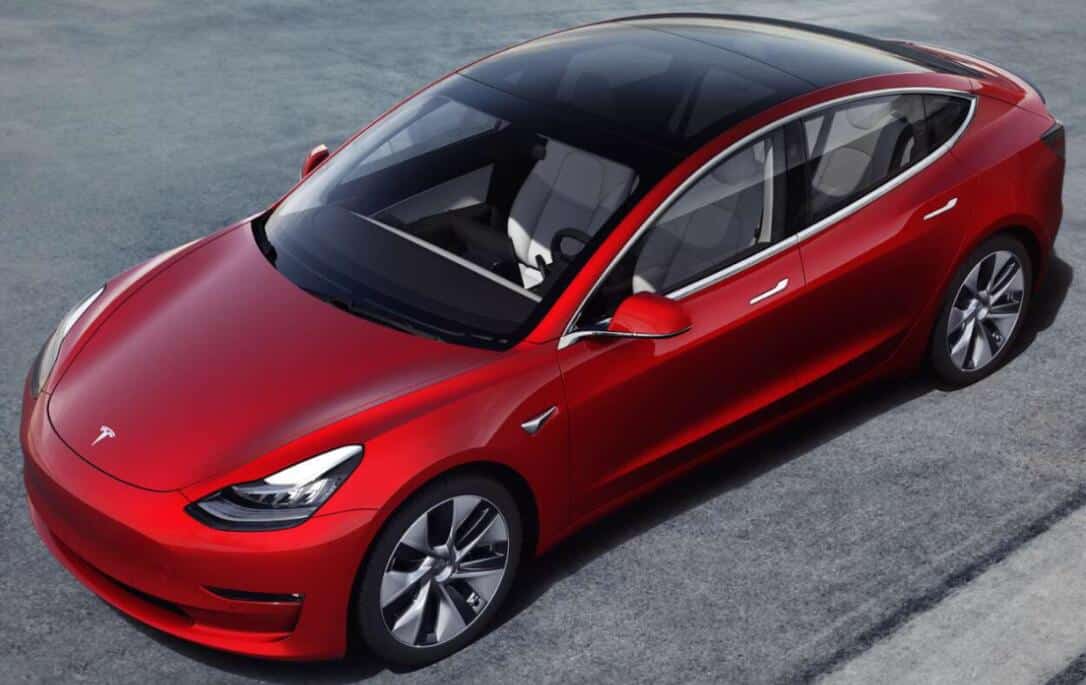According to media reports, Tesla will use the cobalt-free battery produced by the Contemporary Amperex Technology (CATL), which is simply lithium iron phosphate power battery.
What are the advantages and disadvantages of lithium iron phosphate power batteries, and will it have a significant impact on cobalt metal? What are the targets worth investing in? Guotai Junan Securities gives the following conclusions:
(1) Low cost of lithium iron phosphate: The current cost of lithium iron phosphate is 0.65 yuan/wh, which is far lower than the ternary battery of 0.85 yuan/W. At the same time, lithium iron phosphate has better safety performance and will have a competitive advantage in low-cost models. Greater competitiveness.
(2) Rapid increase of energy density: Blade battery + CTP can increase the volume of a single battery cell/battery from 45% to more than 60%, greatly reducing space and increasing vehicle mileage.
(3) There is no need to re-build a large number of production lines: Lithium iron phosphate technology has been widely used in buses with sufficient production capacity.
(1) What are the advantages and disadvantages of lithium iron phosphate batteries?
Compared with ternary batteries, lithium iron phosphate batteries have only one disadvantage: insufficient energy density. Therefore, companies represented by the times of BYD and CATL are trying to use the advantages of lithium iron phosphate to make up for this shortcoming and have made certain achievements so far.
(1) Low cost: Because cobalt metal is not needed, the cost of lithium iron phosphate battery is low. The current price is 0.65 yuan/wh, which is far lower than the ternary battery 0.85 yuan/w. But in the future both costs have room to fall.
(2) Good safety performance: Lithium iron phosphate batteries rarely explode, etc., so they are widely used in buses carrying a large number of people.
(3) Rapid technological progress: The safety redundancy of lithium iron phosphate is used to make up for the lack of energy density. For example, the CTP technology of the CATL, that is, Cell to PACK, reduces the production of components, and the battery energy density can reach 200Wh/Kg.
Similarly, BYD's blade battery technology can increase the volume density by 50%. These two technologies are the most "beautiful" innovations at the system level for battery companies in 2019. And so on are of great significance.
The root cause is to make full use of the excess safety of lithium iron phosphate and make the battery larger to make up for the lack of energy density.
(4) Fast commercialization: CATL and BAIC reached a strategic cooperation in CTP application. BYD's blade battery will also be the first to be applied to the Han car in March 2020.
(2) Will it have a significant impact on cobalt metal?
We don’t think it’s necessary to worry about it. Cobalt is a typical cyclic product. Supply and demand jointly determine the price of the product, which affects the profit of the corresponding company. Cobalt shut down 24,000 tons at the supply side. Everyone is worried about demand. End, but we don’t think it will have an impact,
First: About 90% of cobalt metal is used in high temperature alloys, hard alloys and mobile phone batteries. The replacement wave of 5G mobile phones in 2020 will inevitably drive the growth of cobalt metal demand.
Second: The proportion of cobalt metal used in electric vehicles is not high. At the same time, we believe that the key development direction of lithium iron phosphate is low-end and mid-range models, which will not compete directly with ternary batteries.
Third: In the context of the rapid increase in penetration of electric vehicles, the cake is getting larger and larger, and the demand for ternary cathodes and lithium iron phosphate cathodes is increasing. Not only will it not put pressure on the demand for cobalt, on the contrary, it will increase the demand for cobalt.
So we don't think it will disturb the cobalt as a whole.

